2025.10.27

12:55:20
2024.10.27
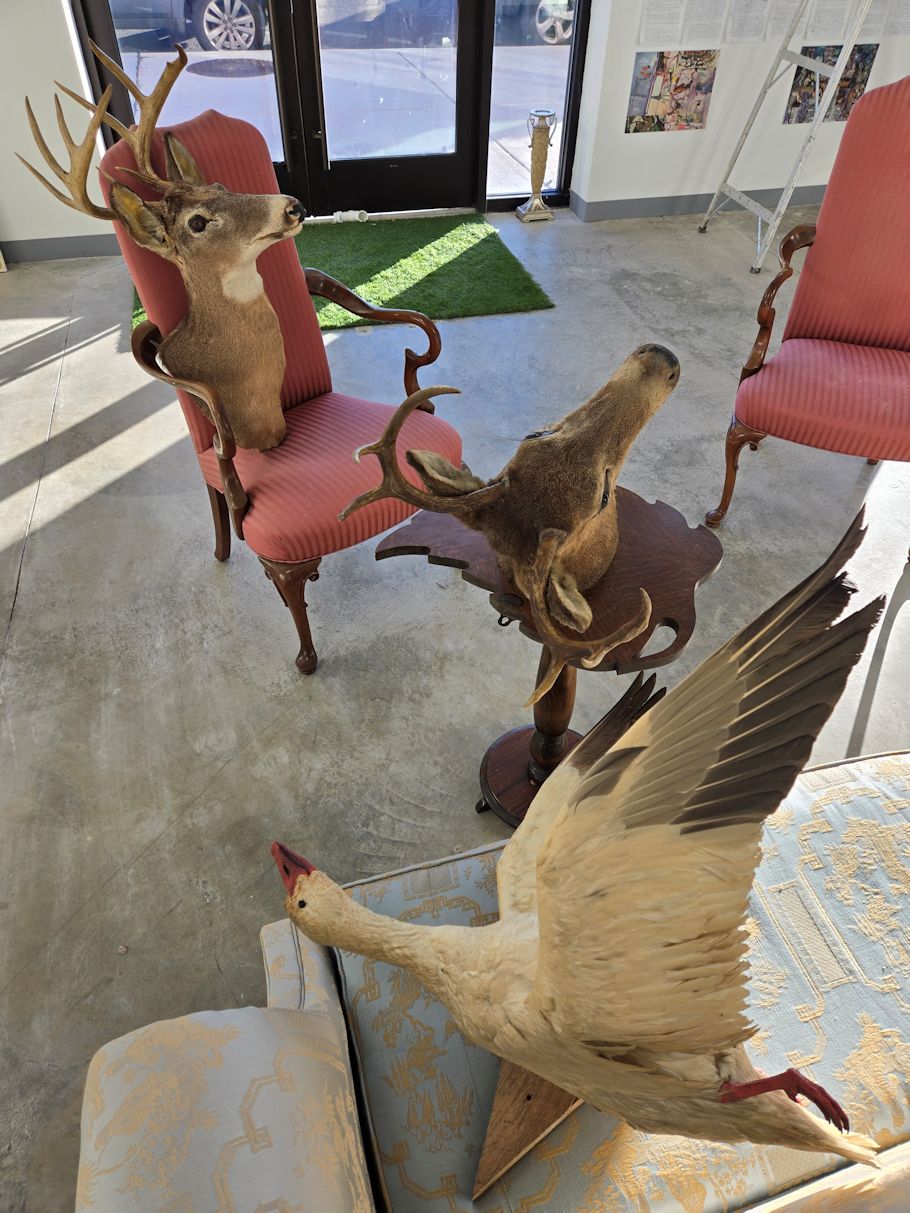
@451.rhawn.gallery . . . More sculpting . . . working title: I'M NOT EVEN SURE WHAT TO THINK MYSELF
2007.10.27
Collage Architecture
...lately there's been some digital collaging...
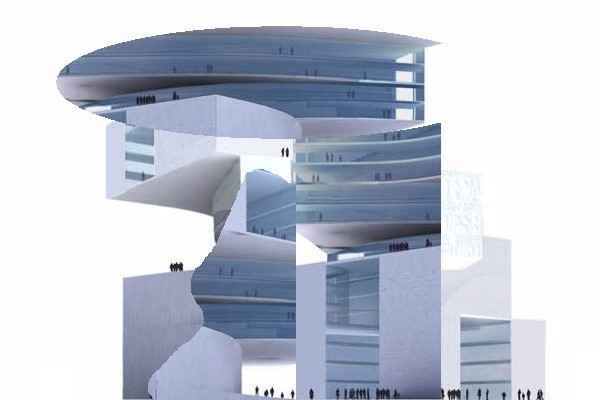
Old School of New Thinking 2007.09.22
2003.10.27
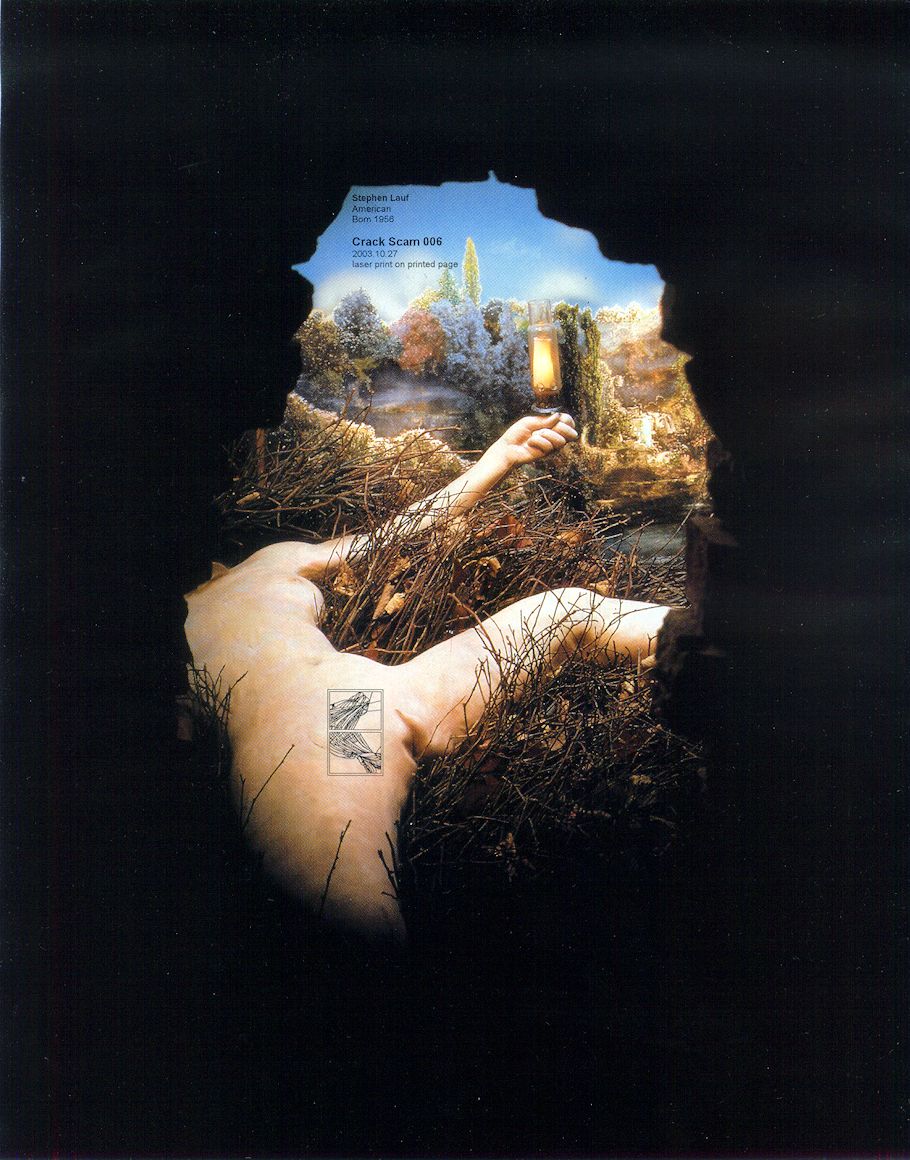
Crack Scam 006

Crack Scam 012
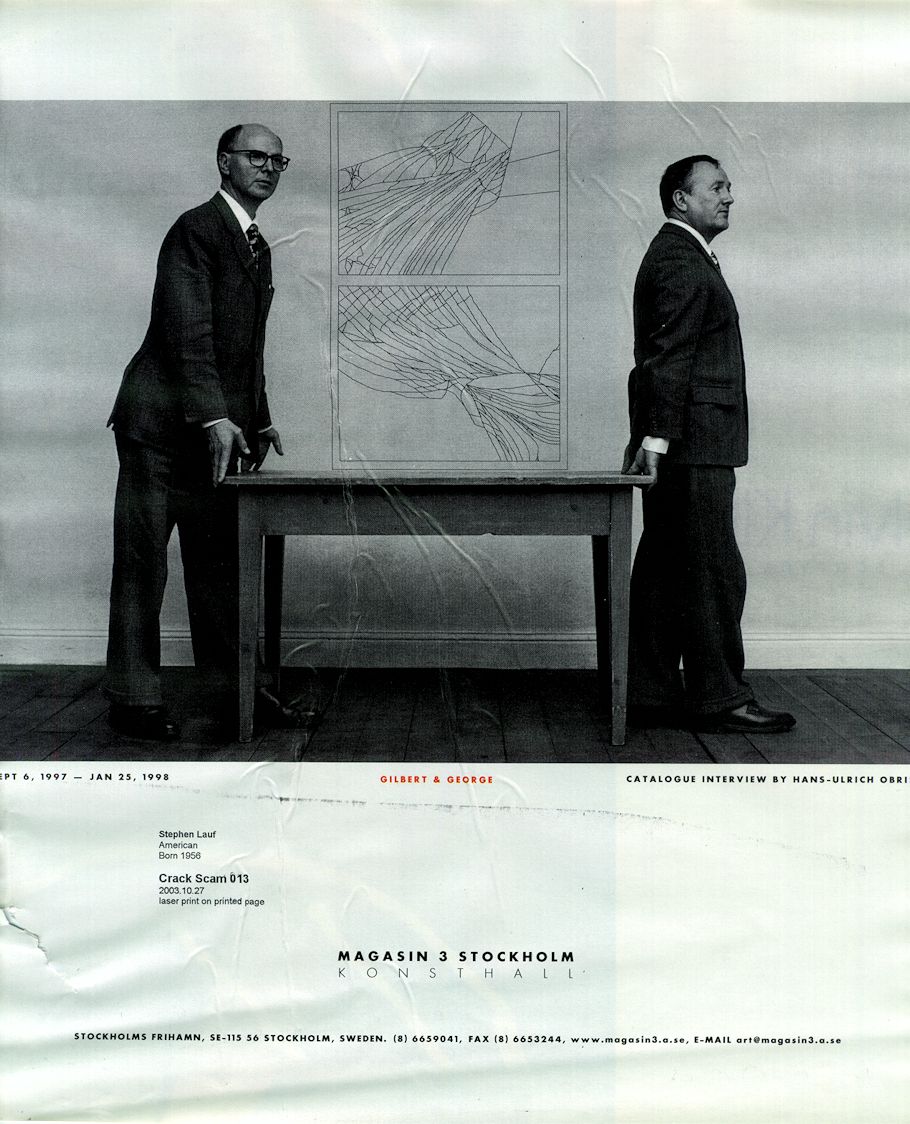
Crack Scam 013
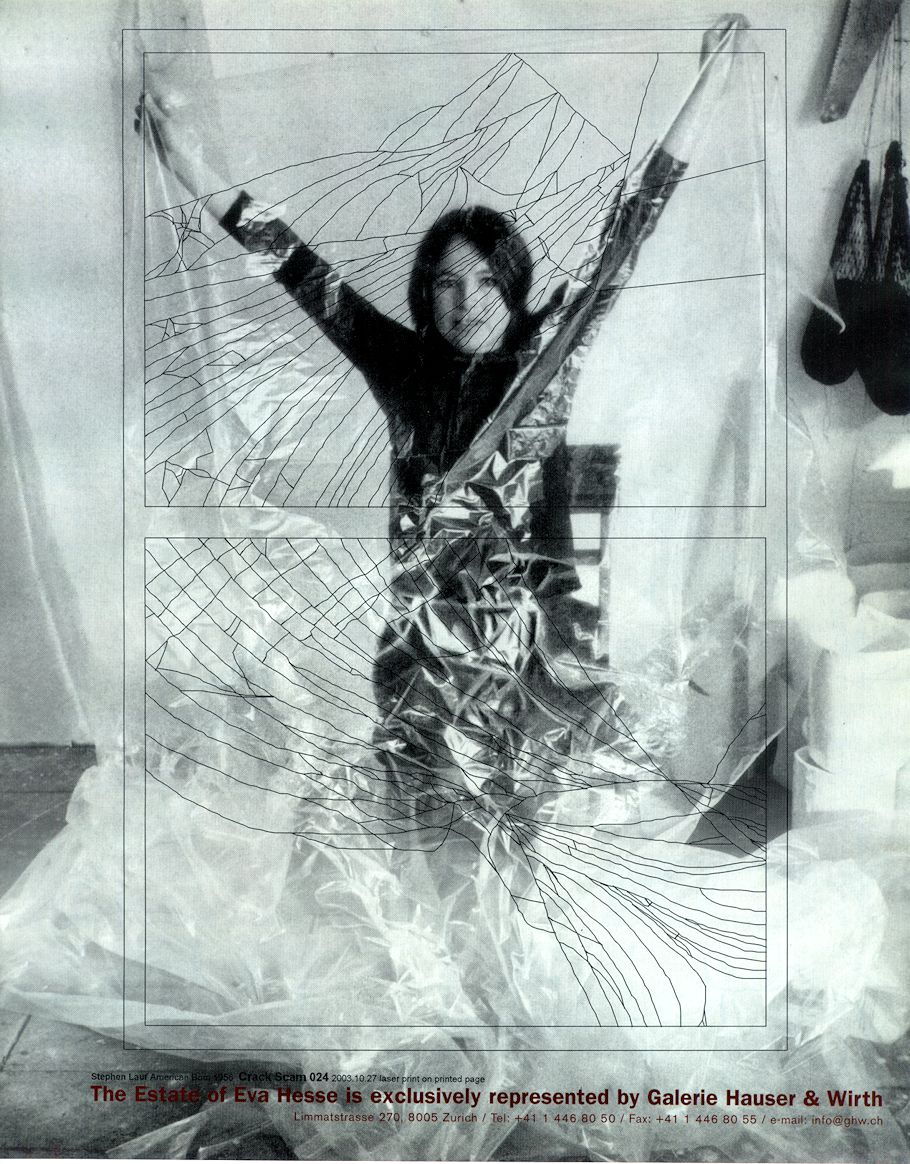
Crack Scam 024
2002.10.27
Re: research assistance
Sue,
The Basilica Neptuni seems to be a building that Piranesi 'played' with within the Ichnographia. According to Nash's Pictorial Dictionary, Palladio drew a plan of the Basilica Neptuni (as illustrated therein), and Piranesi obviously knew this plan because he used it [and labeled it Xystus] within the Ichnographia. In my experience, whenever Piranesi makes what seems to be an obvious mistake within the Ichnographia, that's usually a sign that Piranesi is playing a(n inversion) game. That may not be the case here, but you should at least be aware of the (intentional?) transposition of buildings.
Platner also has some to say about the Basilica Neptuni, as I'm sure other sources do as well.
From the 'Catalogo' of Il Campo Marzio:
Basilica di Nettuno, «El Sparzian. in Adriano» Vegessi Portico di Nettuno. --I assume this is a reference to the Hadrian biography within the Historia Augustus.
Steve
2001.10.27
Helena and Lucian
I'm still working on EPICENTRAL, and it looks like the first chapter will begin appearing at www.quondam.com sometime soon. Regarding Helena, I have developed some new theories as to her relationship with St. Lucian. A few nights before Constantine died, he prayed at the basilica built over the burial site of St. Lucian in Helenopolis (the re-named Drepanum where Helena was born). Eusebius records this.
One legend speaks of dolphins that brought Lucian's body to Helena's feet on the shores of Drepanum. In fact, Lucian died a martyr at Nicomedia 313 after many years in prison, and his body was thrown out to sea.
Lucian was the teacher of Arius, from whom the Arian controversy sprang.
I believe there is every possibility that Helena attended to Lucian during his years in prison, and ultimately took care of his burial. Furthermore, it may be that Helena moved to Rome only after Lucian's death and burial.
If any of these theories are true, there is then the question as to why no historical records exist (besides legends). My inclination is that the answer lies within Arianism, and specifically how Arianism was treated by early Christian (and later Christian) historians. (It may not have been prudent to record that Constantine's mother had very close links to Arianism, although there is much recorded as to the support of Arianism by Constantine's half-sister Constantia, who was betrothed to Licinius.)
I have also been collecting data on all the martyrs of the early 4th century Christian persecution (who are mostly either military men, or men of the Christian priesthood, or individual woman), thus it has been becoming easier for me to make the case that this last persecution was generally sexist in that Christianity engendered subordination within the armed forces, and also lead to a kind of woman's liberation, both of which threatened the Roman power/control structure. Some of the persecution decrees read uncannily like the present US military "don't ask, don't tell" policy, and there is even an historical example where two Christian soldiers (martyrs) were dressed up as woman in order to shame them of their faith.
Overall, EPICENTRAL is proving to be an incredible project that I may be working on until the next 18th of August.
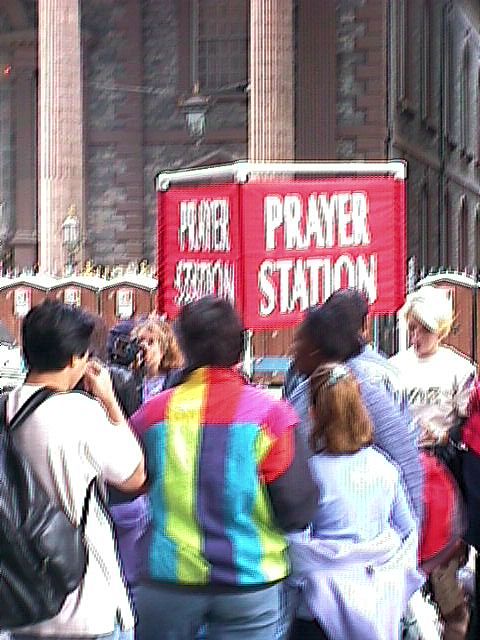
ps
I did make a pilgrimage to the quondam World Trade Center site. This was around noon 29 September, and the first thing I saw there was a Prayer Station set up by students from Vermont. We prayed together for several minutes. Around noon 29 September 2001 was also exactly four years after I witnessed the burial of my own father.

2000.10.27
Baroque ending (for sure)
Although most of the current discussion at architecthetics deals more or less with theorizing of how 'style' (might) come to be, generally how things/styles emerge, I nonetheless offer the following as an example of how (a) style ends, in this particular case the Baroque style.
The following is a passage I first read over 23 years ago. It comes from Thomas K. Kitao, Circle and Oval in the Square of Saint Peter's: Bernini's Art of Planning (New York: New York University Press, 1974), pp.22-23. I was reminded of this passage after some reflection upon the recent bit of cyber theater that occurred here at design-l [i.e., the email list I first sent this post to on 16 October 2000--design-l and architecthetics are the double theaters I play in] a month and a half ago.
"In the well know production of the Due Teatri, first given in 1637, Bernini developed a simulated amphitheater of a very elaborate kind. This is, of course, the best known of Bernini's theatrical works, but a recapitulation is in order.
According to Massimiliano Montecuculi, who witnessed the performance, the stage was prepared with "a flock of people partly real and partly feigned" so arranged that, when the curtain had fallen for the opening of the play, the audience saw on the stage another large audience who had come to see the comedy. Two braggarts, played by Bernini himself and his brother Luigi, then appeared on the stage, one facing the real audience and the other the fictitious; and recognizing each other in no time, they went on to claim, each in turn, that what the other saw as real was actually illusory, each firmly convinced that there was no more than one theater with its audience in that half he was facing. The confusions of realities in mirror image thus heightened, the two firmly decided "that they would pull the curtain across the scene and arrange a performance each for his own audience alone." Then the play was performed to the real audience, that is, the main act to which that preceded was only a pleasant prelude. But through the play another performance was supposed to be taking place simultaneously on the second stage introduced by Luigi; the play was, in fact, interrupted at times by the laughter from those on the other side, as if something very pleasant had been seen or heard.
At the end of the play, the two braggarts reappeared on the stage together to reaffirm the "reality" of the illusion. Having asked each other how they fared, the impresario of the fictitious performance answered nonchalantly that he had not really shown anything but the audience getting up to leave "with their carriages and horses accompanied by a great number of lights and torches." Then, drawing the curtain, he displayed the scene he had just said he had shown to his audience, thus rendering complete the incredible reversal of reality and illusion to the confused amazement of the real spectators, who were now finding themselves ready to leave and caught in the enchanting act of feigning the feigned spectators."
Here's my analysis:
Of course, the Baroque style continued beyond Bernini--I believe even the double porticos of St. Peter's Square were done after the above performance. All the same, Bernini's theatrical performance manifests the Baroque's consummate ending. Within his double theater Bernini capsulized the beginning of Western culture's new bifurcation of the real and the illusory, introduced mirroring as a henceforth dominant Baroque (stylistic) theme, and, at base (or should I say at the ultimate end), inverted reality into a reenactment of its own illusory mirror (--is this perhaps also the genesis of historiography?).
Essentially, beyond the Baroque (and still often in our own modern times) architecture at its best is very sophisticated theater, keeping in mind that theater is one of the earliest forms of (man made) reenactment.
1994.10.27
second birth
Now I will address the role that the diaphragm plays in birth. This, of course, relates to the whole idea of pregnancy and the fact that the plane of the present passes through the area of pregnancy between the years 770 A.D. and 3090 A.D. The diaphragm occurs in the human body--the Timepiece--at the same time that the pregnancy ends and the birth occurs. This birth then occurs and coincides with the transition from metabolism to osmosis. This birth also coincides with the end of the period of major purge in humanity.
|